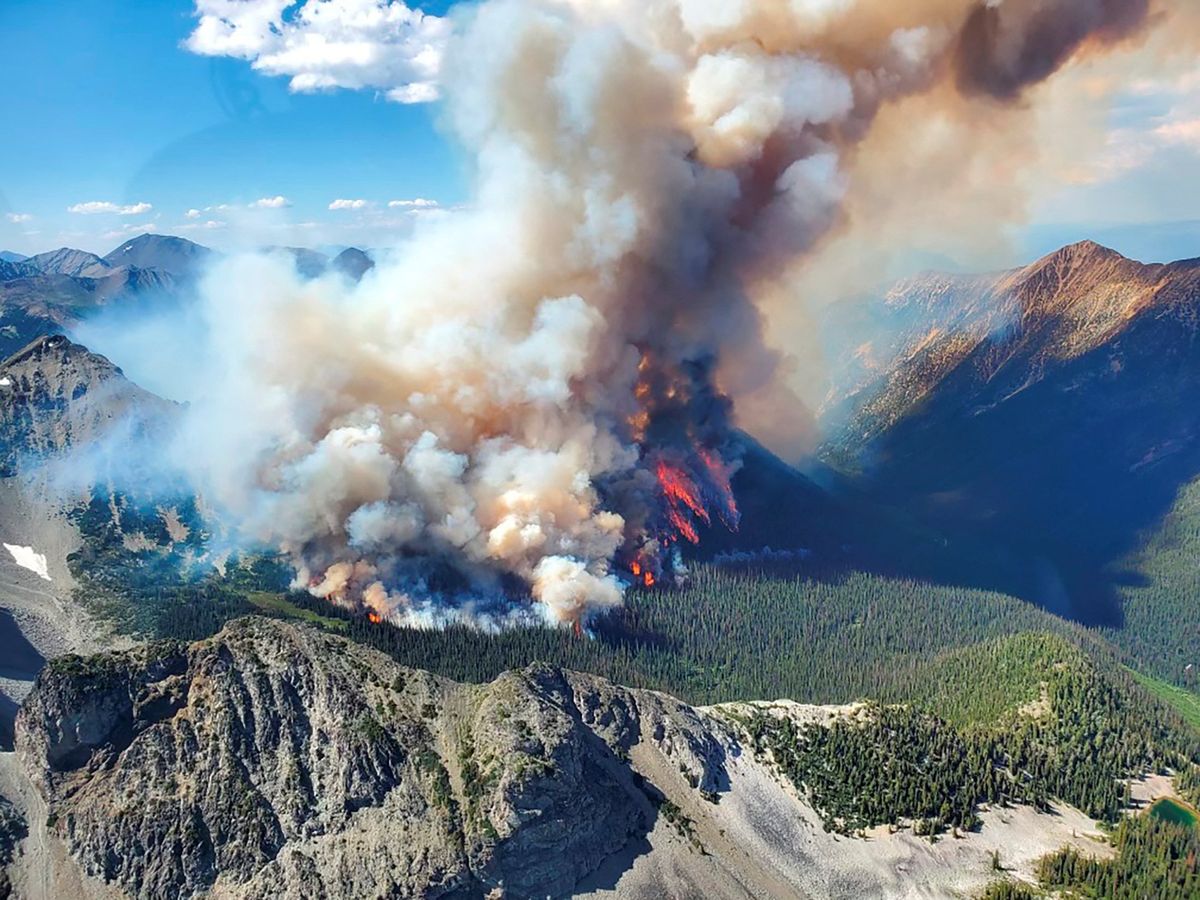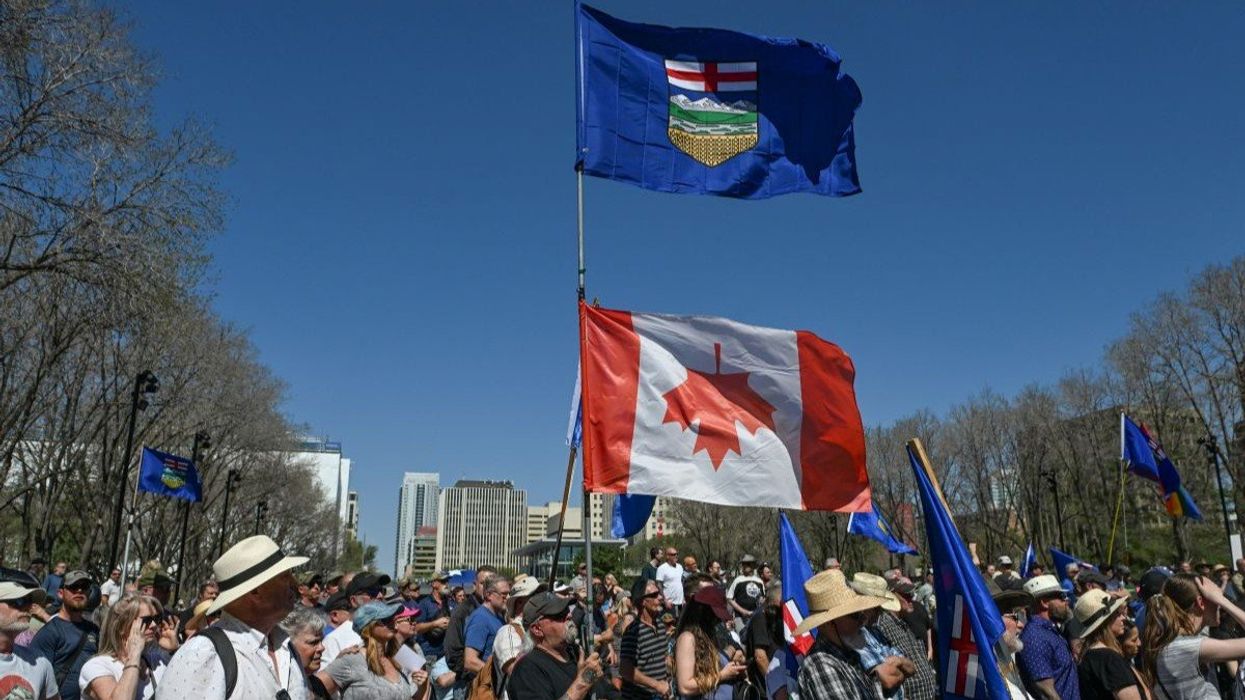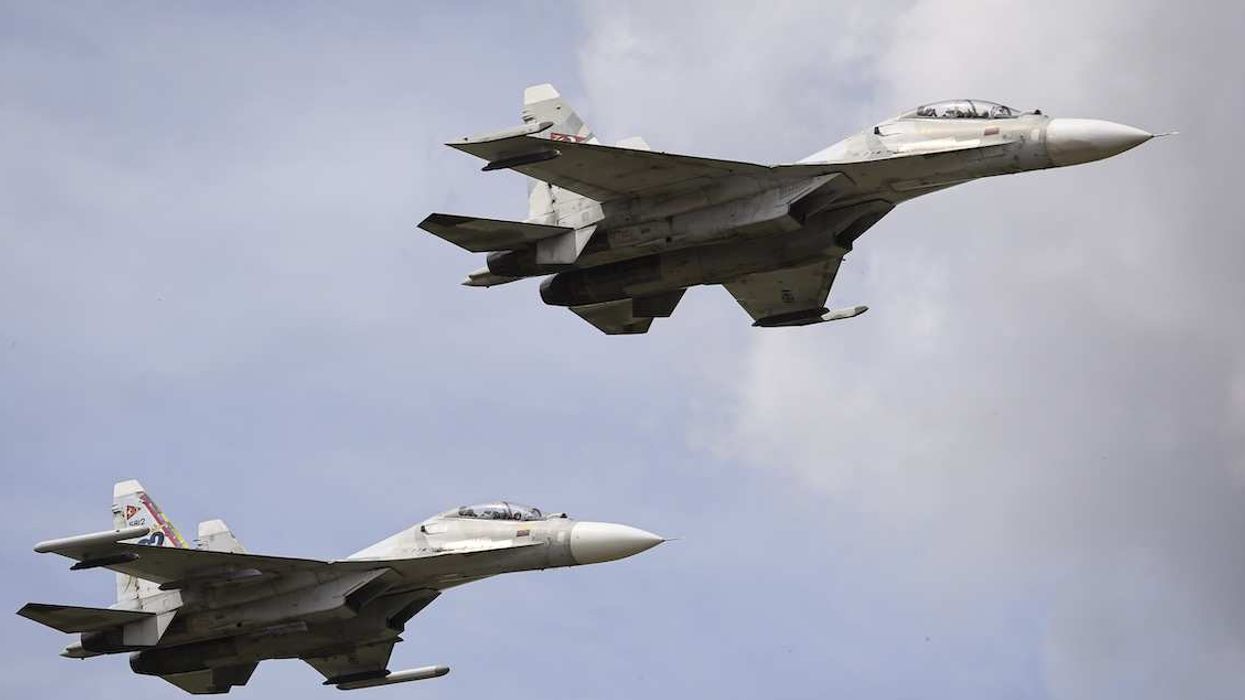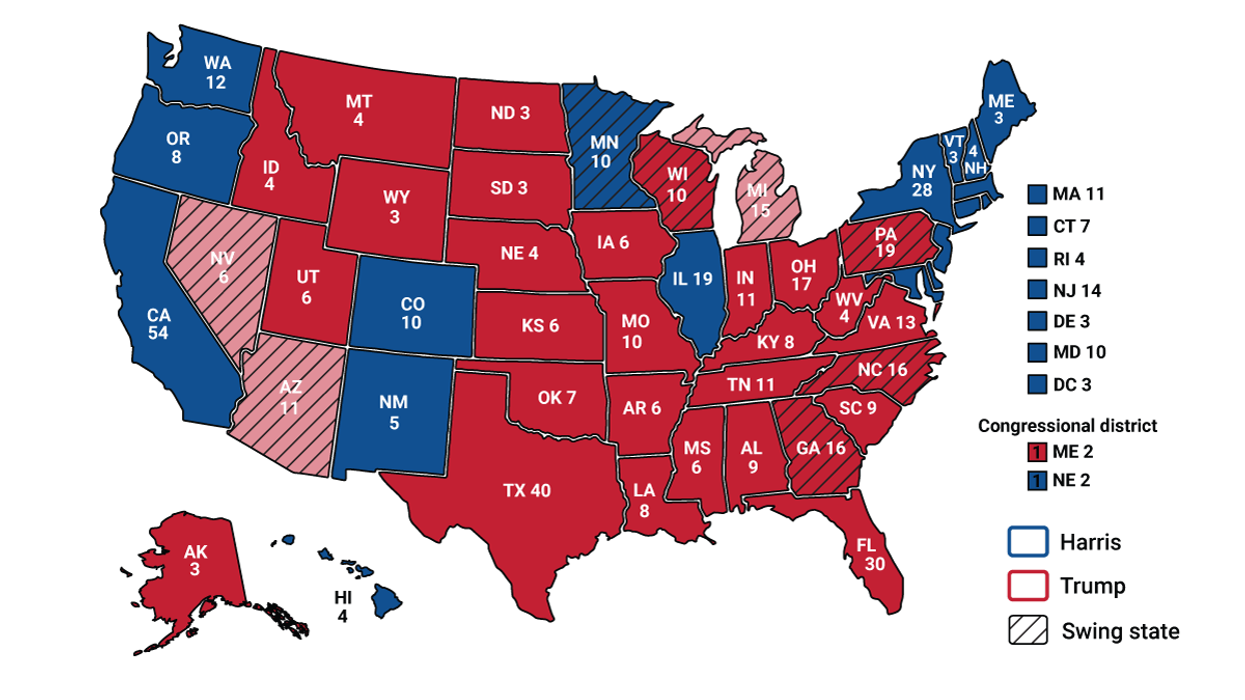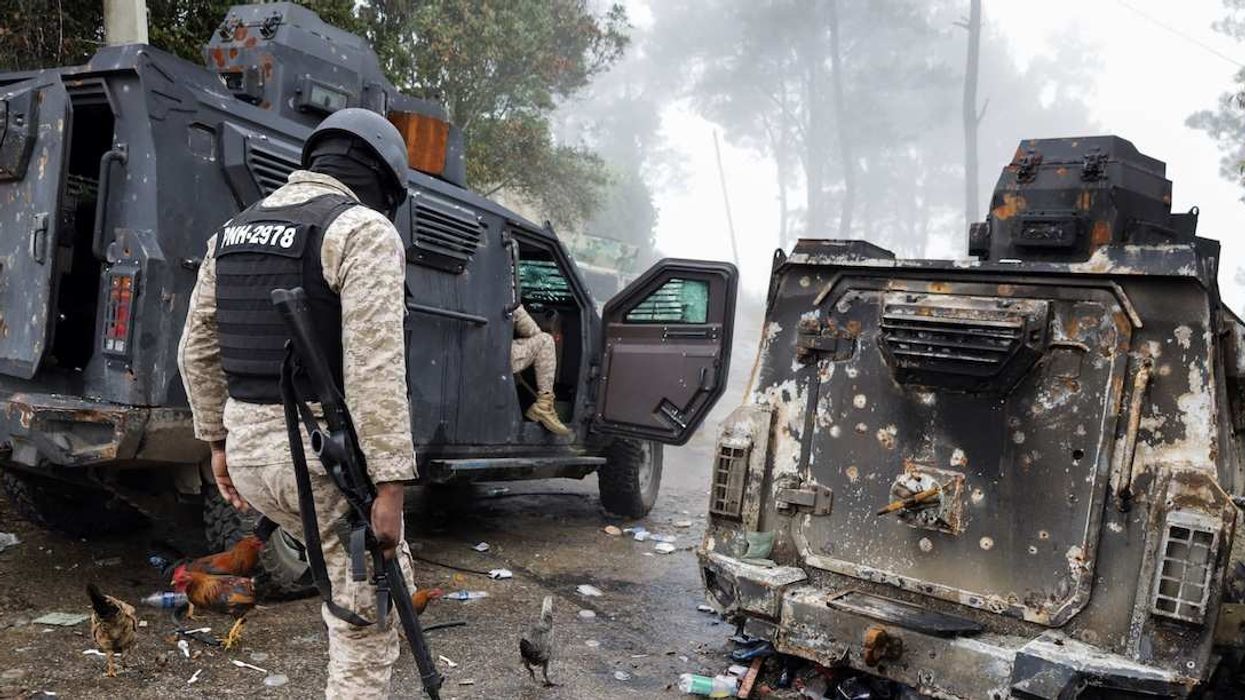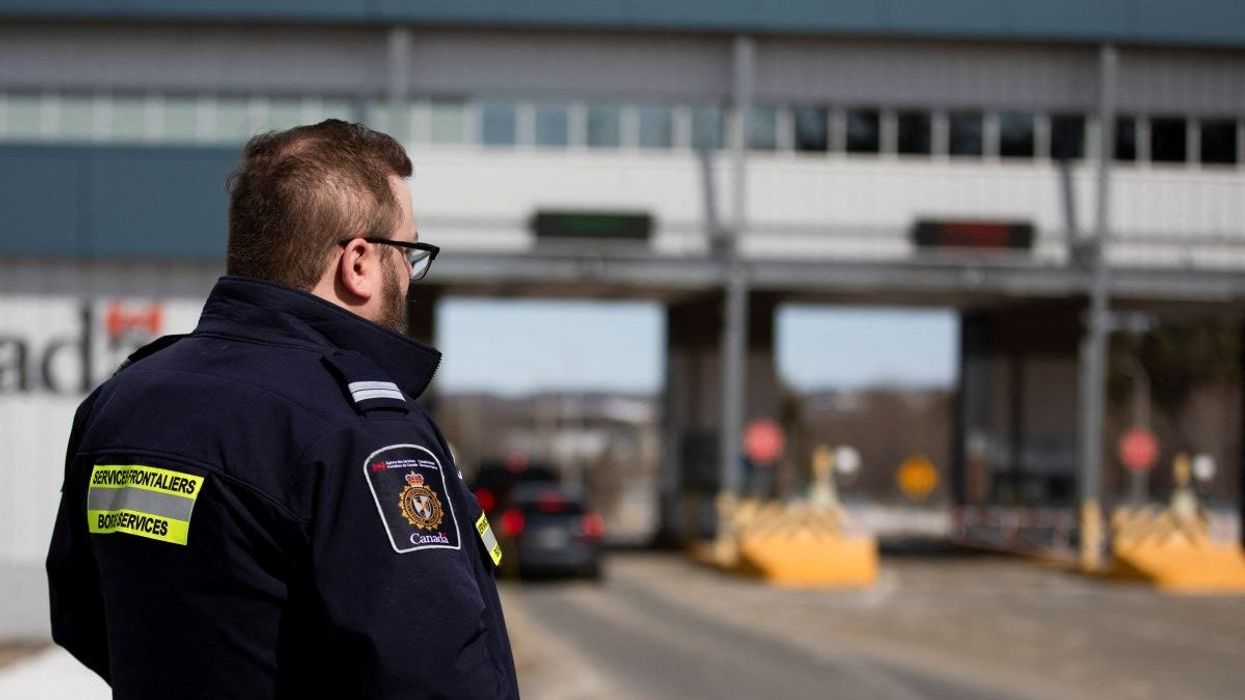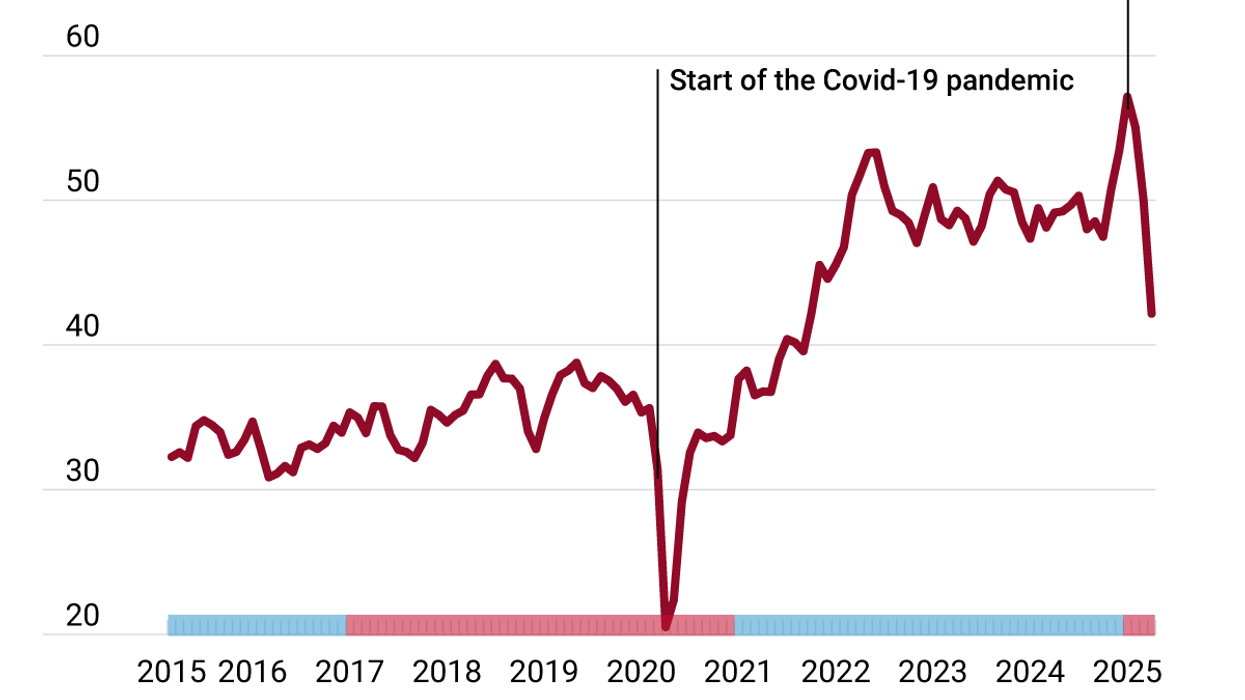Americans living along the Eastern Seaboard can be forgiven this summer for thinking Canada’s number one export to the United States is smoke. Once again this week, wildfires in eastern Canada have sharply reduced visibility in New York City and other cities in the US Northeast. But even residents of southern states like the Carolinas and Georgia are feeling the effects. Now, fires from Canada’s northwest are triggering air quality alerts from Portland, Oregon, to Plano, Texas. Some 44 million people in 28 states and Washington, DC, have been affected.
Firefighters in Canada are reportedly battling as many as 900 fires across the country, with two-thirds of those burning out of control. This year’s fires have burned more than 26 million acres in Canada, about 850% the usual number. The previous record, 17.5 million acres, was set in 1995. Canada’s wildfire season will continue for a few more months.
Aware that extreme weather events have both human and economic effects, governments in both countries are pledging to spend more on plans to help the most vulnerable citizens protect themselves. You can read a good summary of what policymakers are up to on both sides of the border here.